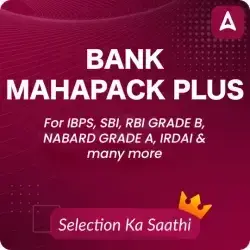The Inequality section is a critical part of the Reasoning Ability portion of the IBPS RRB PO and Clerk 2025 exams. Questions from this topic test a candidate’s ability to interpret and analyse relational statements to determine logical conclusions. These questions can be solved quickly and accurately with a clear understanding of basic rules and some smart shortcuts. There are two major types of inequality questions, Direct Inequality and Coded Inequality, and each requires a slightly different approach. Let’s dive into both types, along with efficient strategies and shortcuts for each.
Inequality for IBPS RRB PO and Clerk 2025
Mastering Inequality questions, both direct and coded, is all about clarity, speed, and precision. With regular practice and shortcuts, candidates can improve their performance significantly in the Reasoning section of the IBPS RRB PO and IBPS Clerk 2025 exams. Understanding symbol logic, decoding efficiently, and applying conclusions smartly are key to scoring high in this segment.
Direct Inequality: Concept & Shortcuts
In Direct Inequality, a set of statements with relational symbols is given, followed by conclusions. Candidates are required to determine which conclusions logically follow.
| Common Symbols Used | |
| Symbol | Meaning |
| > | Greater than |
| < | Less than |
| ≥ | Greater than or equal to |
| ≤ | Less than or equal to |
| = | Equal to |
Shortcut Tips for Direct Inequality
- Always read from left to right in a given statement while comparing elements.
- When comparing two elements across multiple statements, make sure they are connected directly.
- Use a symbol hierarchy: > and < dominate ≥ and ≤, which in turn dominate =.
- If opposite signs (e.g., < and >) are encountered between two elements, no definite conclusion can be made.
Example:
Statement: A > B = C ≥ D
Conclusion: A > D → True
Here, A > B, B = C, and C ≥ D → so A > D logically follows.
Coded Inequality: Concept & Shortcuts
Coded Inequality questions replace standard inequality symbols with codes like @, #, &, %, etc. A legend is given defining what each symbol means.
Example Code Set:
- A @ B → A > B
- A # B → A < B
- A % B → A = B
- A & B → A ≥ B
- A $ B → A ≤ B
Shortcut Tips for Coded Inequality
- Decode and translate each statement using the code legend before proceeding.
- Once decoded, treat it like a Direct Inequality problem.
- Write the translated inequality on paper or mentally, and then apply normal rules to draw conclusions.
- Memorise symbol meanings before solving coded questions during practice to reduce time wastage in the exam.
Example:
Code Legend: If @ means >, # means < and % means =
Statement: P % Q @ R
This translates to: P = Q > R
Conclusion: P > R is True.
Golden Rules for Inequality for IBPS RRB PO and Clerk 2025
Equal signs can bridge comparisons, but do not determine direction (greater/lesser).
If both ≥ and ≤ are involved between two elements, only = can be concluded.
Avoid assumptions; only select conclusions that follow in all possible cases.
Practice Venn Diagrams when there’s confusion with overlapping relationships or to visualise contradictions.
Questions of Inequality for IBPS RRB Exams
Directions (01-05): In these questions, the relationship between different elements is shown in the statements. The statements are followed by conclusions. Study the conclusions based on the given statements and select the appropriate answer. Give answer
Q01.
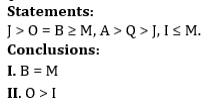
(a) If only conclusion I is true
(b) If only conclusion II is true
(c) If both conclusions I and II are true.
(d) If either conclusion I or II is true
(e) If neither conclusion I nor II is true.
Q02.

(a) If only conclusion I is true
(b) If only conclusion II is true
(c) If both conclusions I and II are true.
(d) If either conclusion I or II is true
(e) If neither conclusion I nor II is true.
Q03.

(a) If only conclusion I is true
(b) If only conclusion II is true
(c) If both conclusions I and II are true.
(d) If either conclusion I or II is true
(e) If neither conclusion I nor II is true.
Q04.

(a) If only conclusion I is true
(b) If only conclusion II is true
(c) If both conclusions I and II are true.
(d) If either conclusion I or II is true
(e) If neither conclusion I nor II is true.
Q05.

(a) If only conclusion I is true
(b) If only conclusion II is true
(c) If both conclusions I and II are true.
(d) If either conclusion I or II is true
(e) If neither conclusion I nor II is true.
Directions (06-10): In these questions, the relationship between different elements is. shown in the statements. The statements are followed by conclusions. Study the conclusions based on the given statements and select the appropriate answer.
Q06.

(a) Only conclusion II is true
(b) Either conclusion I or II is true
(c) Both conclusions I and II are true
(d) Neither conclusion I nor II is true
(e) Only conclusion I is true
Q07.

(a) Both conclusions I and II are true
(b) Only conclusion I is true
(c) Neither conclusion I nor II is true
(d) Either conclusion I or II is true
(e) Only conclusion II is true
Q08.

(a) Both conclusions I and II are true
(b) Neither conclusion I nor II is true
(c) Only conclusion I is true
(d) Only conclusion II is true
(e) Either conclusion I or II is true
Q09.

(a) Either conclusion I or II is true
(b) Both conclusions I and II are true
(c) Only conclusion II is true
(d) Neither conclusion I nor II is true
(e) Only conclusion I is true
Q10.

(a) Both conclusions I and II are true
(b) Only conclusion II is true
(c) Only conclusion I is true
(d) Either conclusion I or II is true
(e) Neither conclusion I nor II is true
Practice Strategy for IBPS RRB PO & Clerk Exams
- Solve at least 10–15 questions daily from both direct and coded inequalities.
- Time yourself: try to complete each set in under 3 minutes.
- Attempt sectional quizzes and mock tests regularly to improve speed.
- Work on accuracy, since negative marking applies, only mark conclusions that are logically certain.

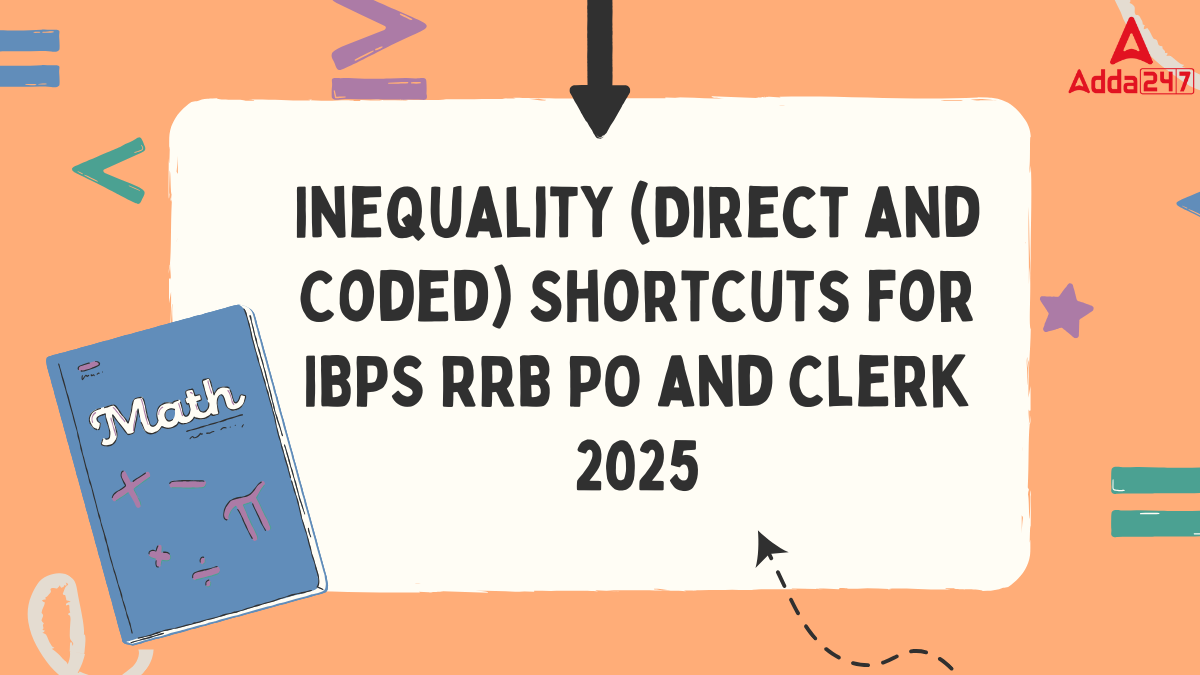
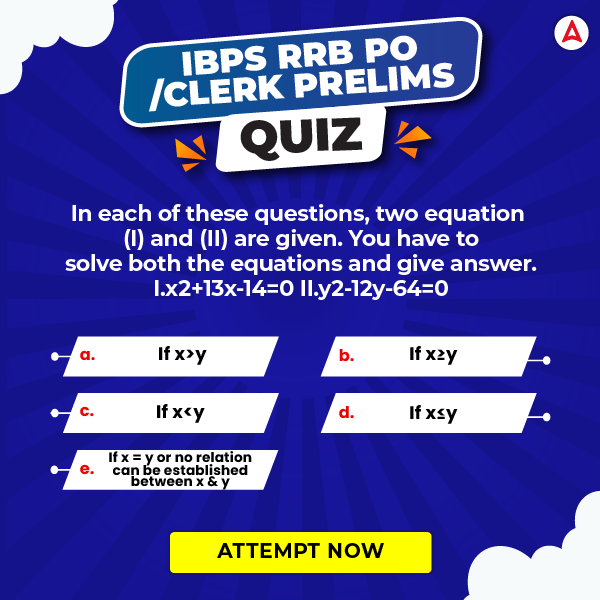


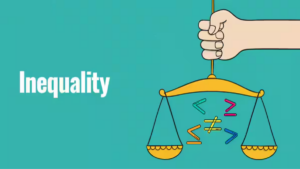 Inequality Tricks for Beginners, Easy Me...
Inequality Tricks for Beginners, Easy Me...
 Reasoning Questions for SBI Clerk Mains ...
Reasoning Questions for SBI Clerk Mains ...
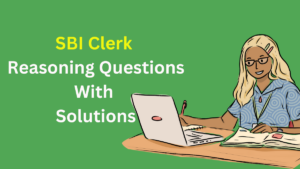 500+ Reasoning Questions PDF for SBI Cle...
500+ Reasoning Questions PDF for SBI Cle...

